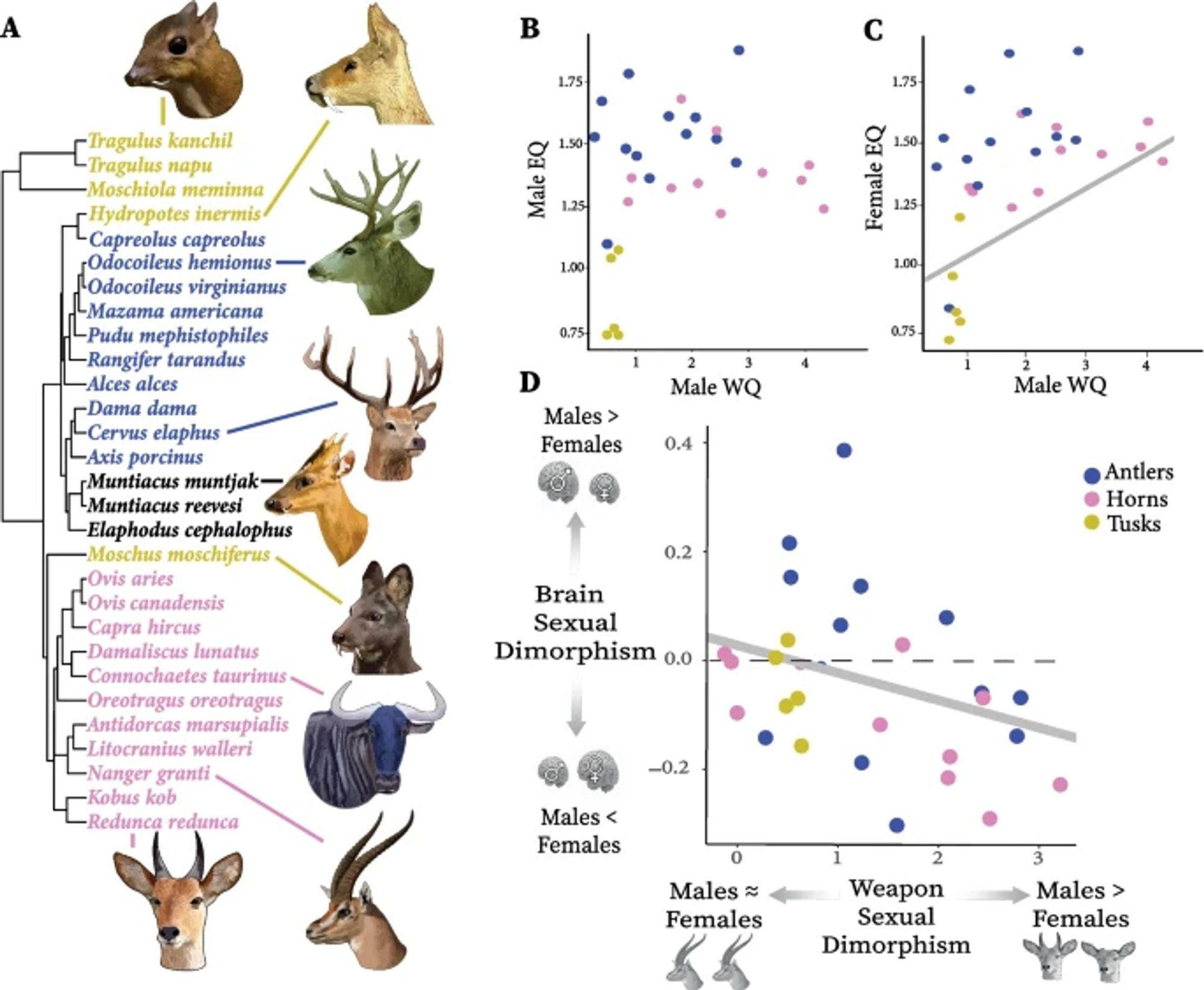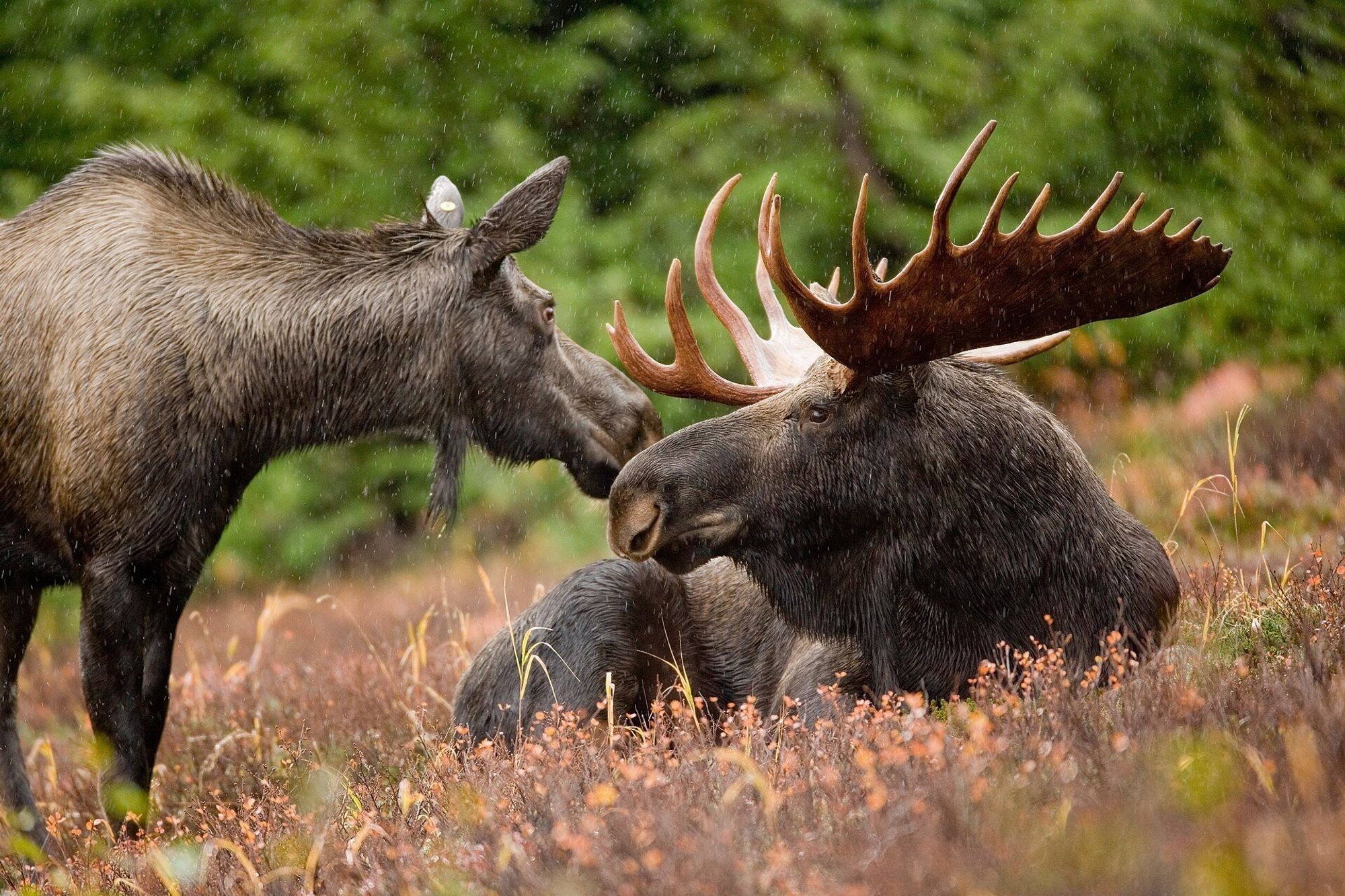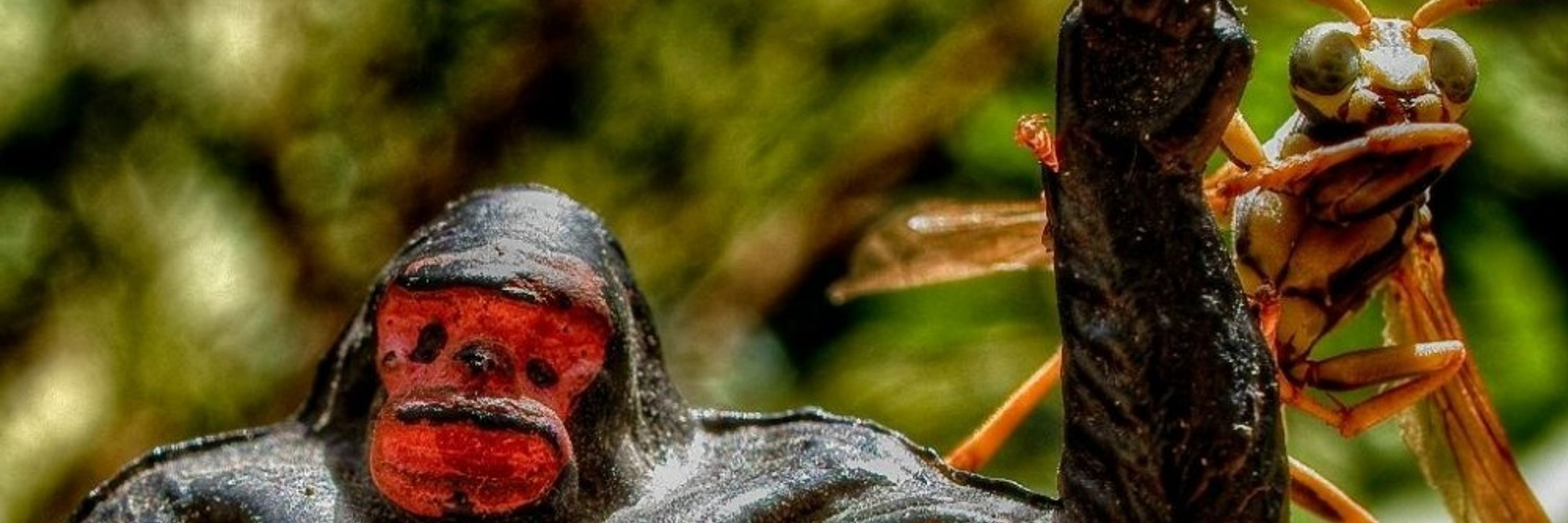
4/4 This behavior would require holding a metal image of what is happening on the other side of the wall. Hence their ability in this test. It remains to be seen whether the general cognition of these birds is as sophisticated as that of corvids and parrots. It will be very interesting to find out.
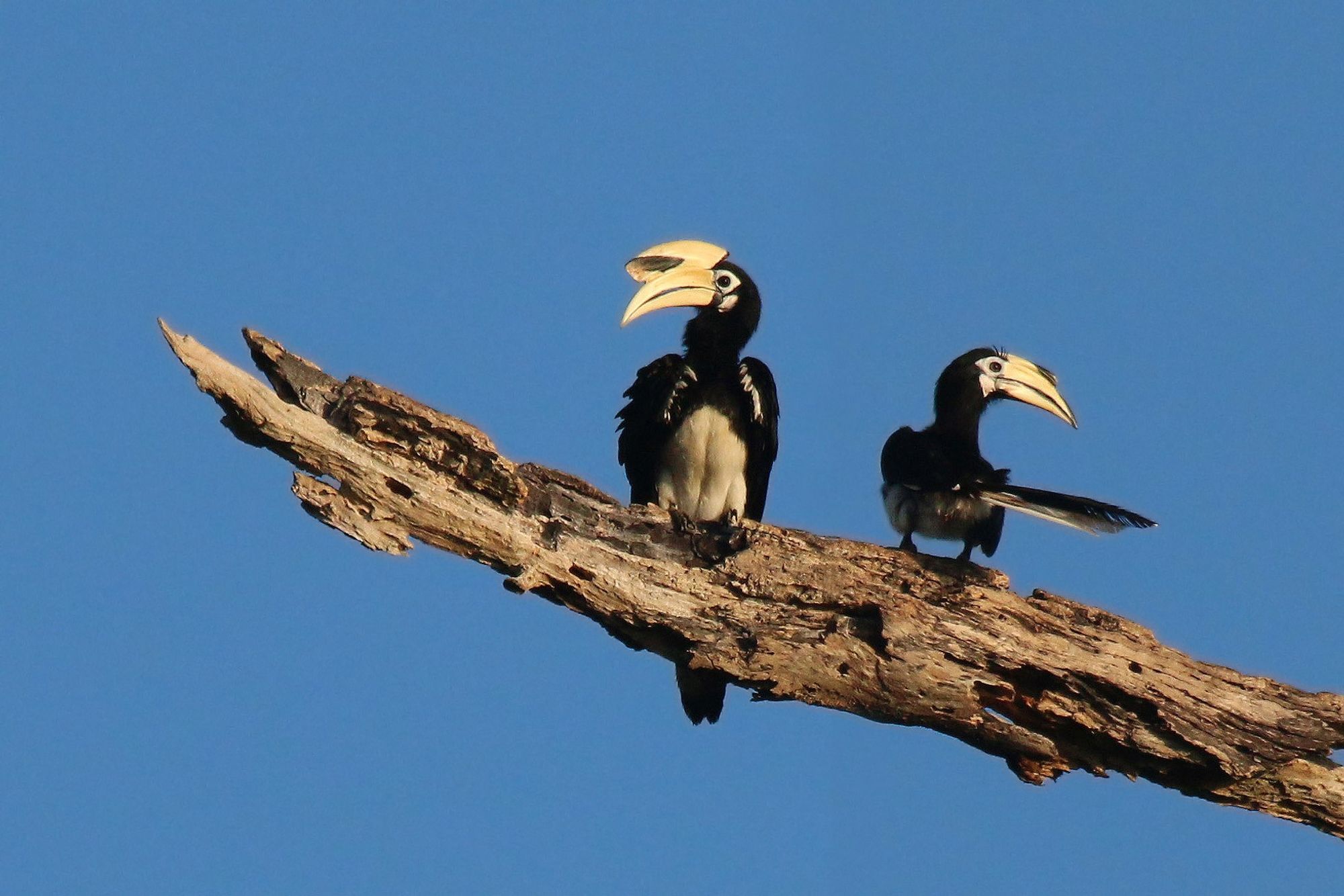
3/4 The female enters the hollow of a tree to lay her eggs, but first she covers the entrance from the inside with mud and saliva. An opening is left in the wall through which the male feeds the female and the young, without any visual contact.


2/4 Half of the Oriental pied hornbills stayed at stage 5 and the other half reached stage 6. Interestingly, those that did not reach level 6 also had no breeding experience, which may not be a coincidence. The hornbills certainly show a curious breeding behavior.

1/4 The hornbills showed an advanced level of cognition. In this experiment, they passed the object permanence test at Piaget's level 6. Watch the last part of the video, it is spectacular. (Paper) royalsocietypublishing.org/doi/10.1098/...figshare.com/articles/med... 🧪
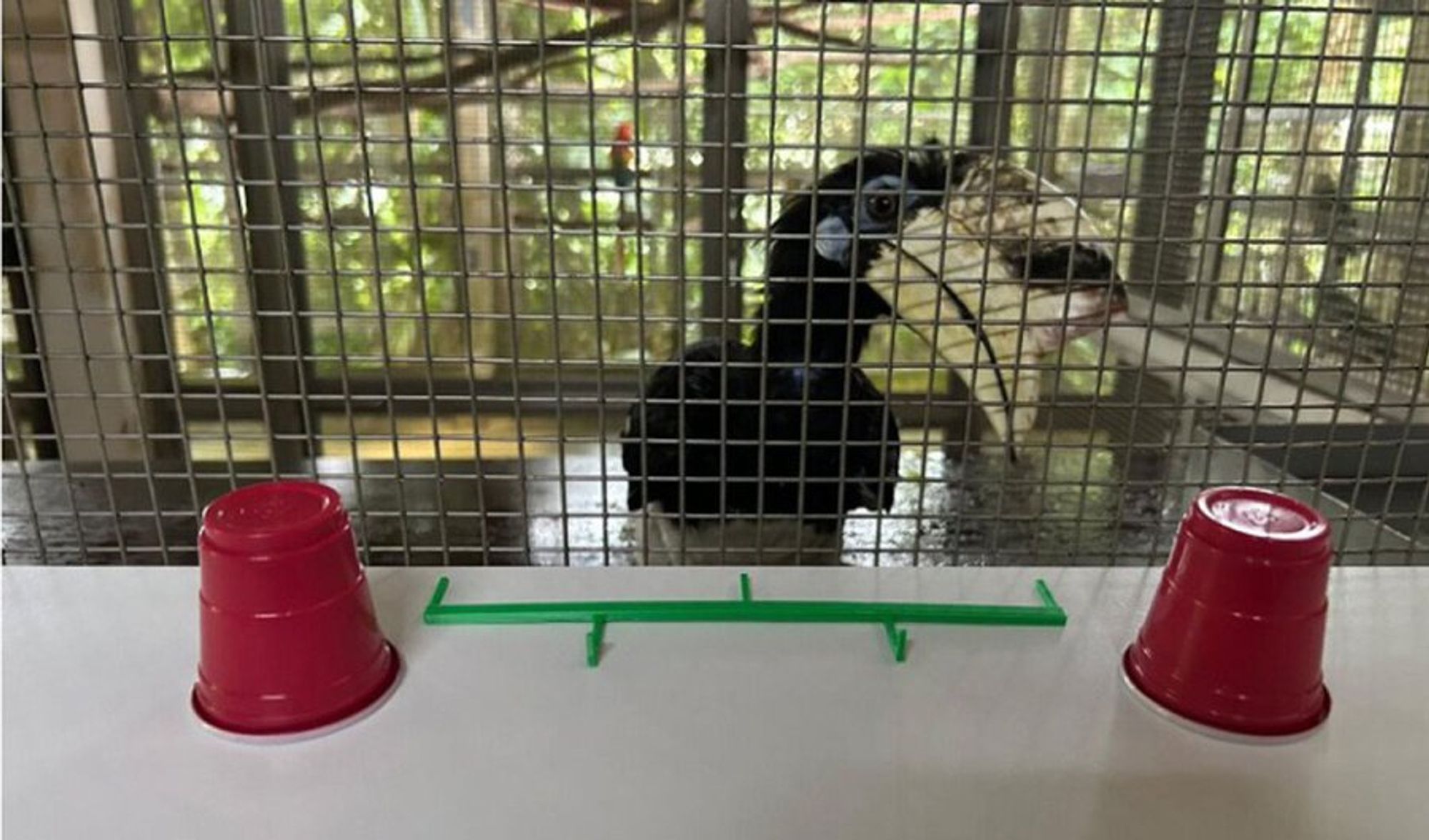
2/2 You can find the bear in the previous image in this video (min 3:33) : ) youtu.be/ncp9_QcsrJE?...
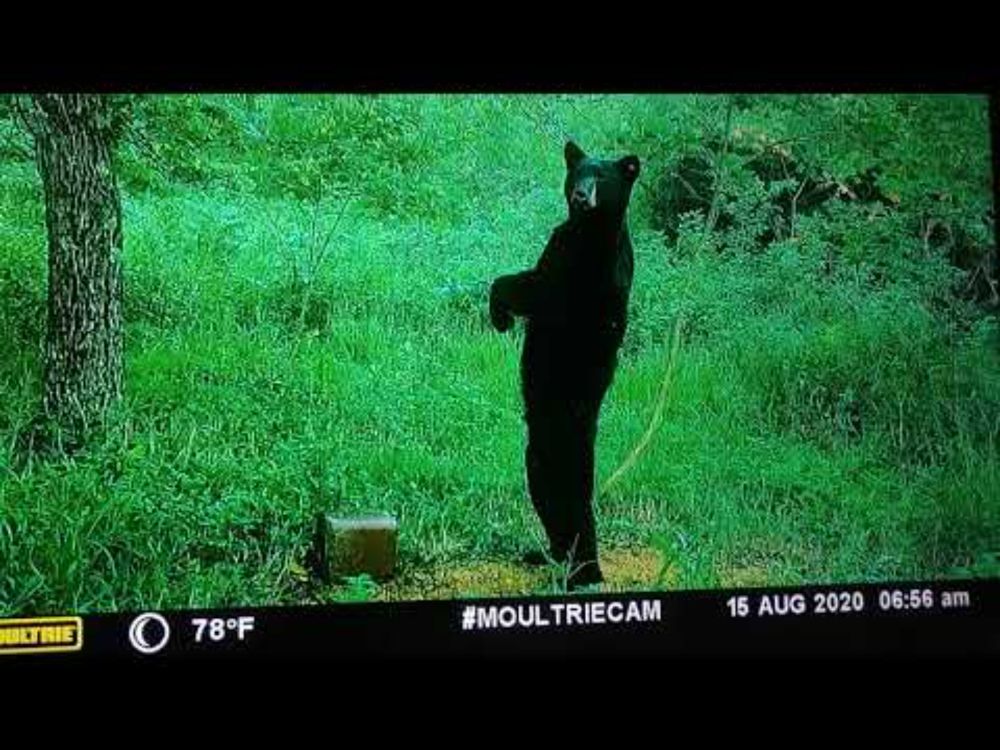
This is several video clips of black bear's that I got on my game cam here in Missouri where I live. There is three sets of them and two of them have Cubs.
1/2 Bigfoot is probably a black bear. They have studied how sightings correlate for each state/province in the US and Canada. For every 1000 bears, the odds of seeing a Bigfoot (Sasquatch) increase by 4%. (paper) zslpublications.onlinelibrary.wiley.com/doi/10.1111/... 🧪


2/3 Touching an area of our body that we have just hit or damaged is an immediate behavior in all of us that relieves pain, not just nociceptive processing. (Paper, 2015) www.ncbi.nlm.nih.gov/pmc/articles...

1/2 More evidence that insects feel pain When heat (68°C) is applied to one of the antennae of bumblebees, they tend to touch it within two minutes, a behavior that would relieve pain. (Preprint) www.biorxiv.org/content/10.1... 🧪


2/2 Interestingly, large antlers do not predict brain size when comparing species, but only when comparing the sexes within each species. The authors speculate that this may be due to the greater social life of females in these species, or their need to select males. 🧪
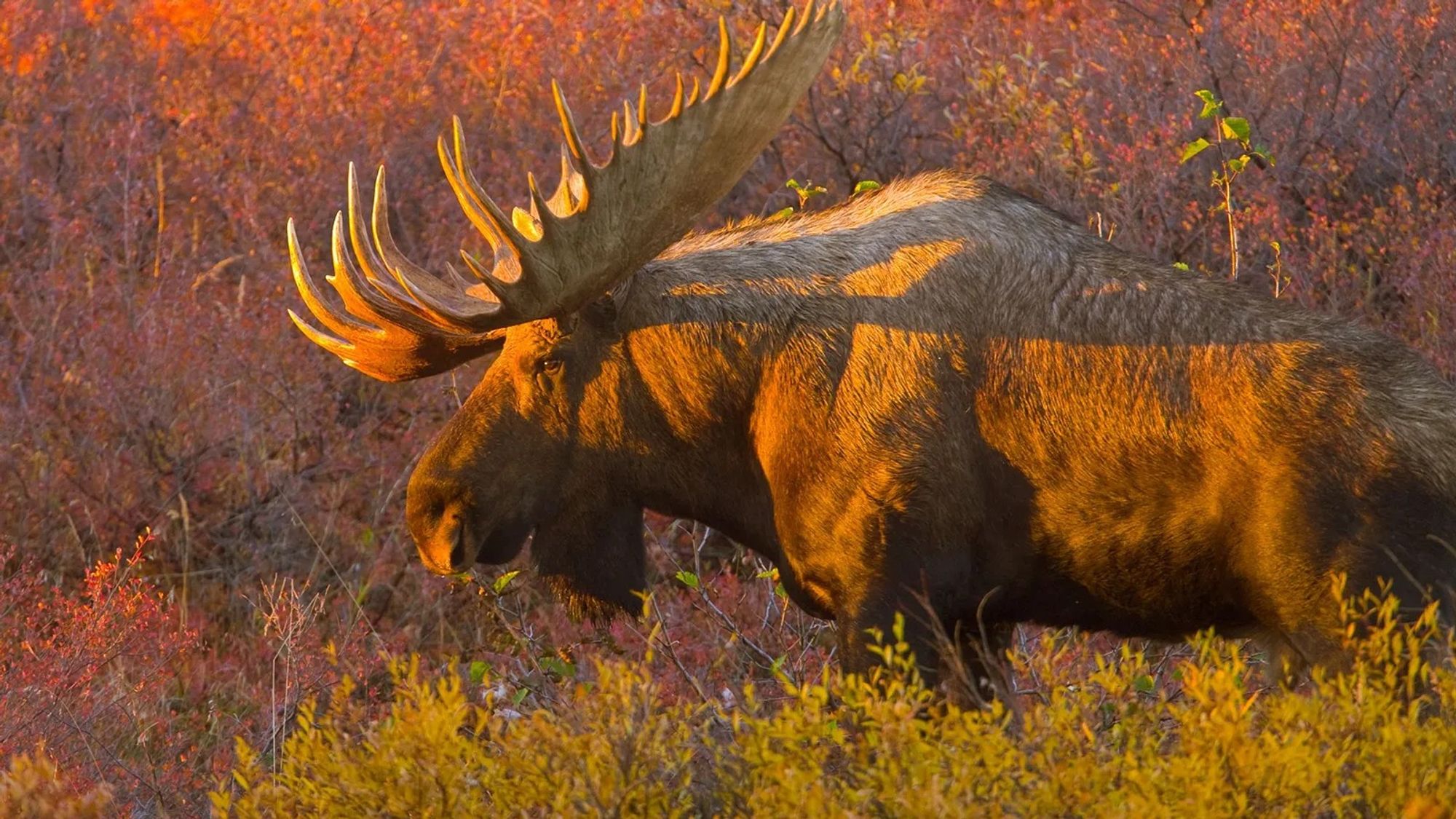
1/2 The more prominent the weapons of the males (tusks, horns, antlers), the larger the brains of the females in that particular species. This occurs in all 4 ruminant families studied here (Tragulidae, Moschidae, Cervidae, and Bovidae). (paper) link.springer.com/article/10.1...
